A film by: Richard Rein and Diane Seligsohn | Year: 2008 | Runtime: 26 min | Language: french and english | Production: África (Project supported by The Salve Route, An International documentary film series). This documentary tells the story of the slave trade in the Indian Ocean, a route followed by thousands of slaves but less familiar than the « regular » transatlantic trading.
research international film festival
public history of slavery
and freedom
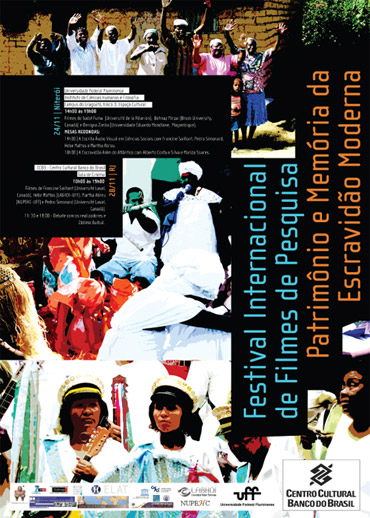
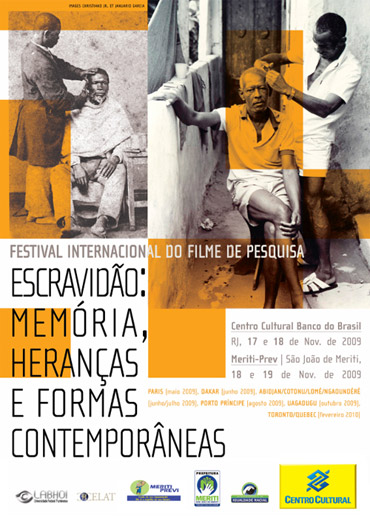
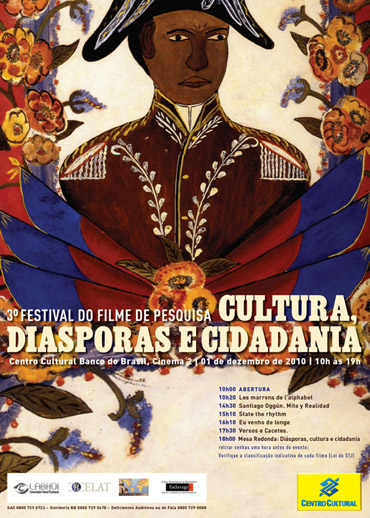
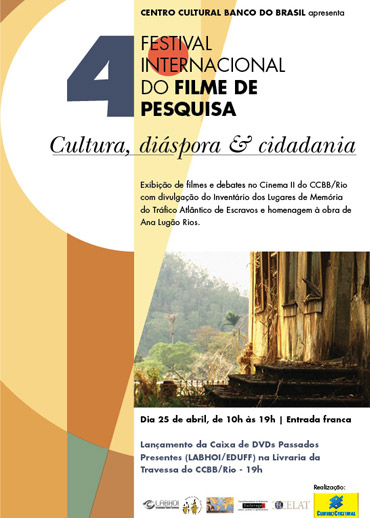
Archives: click on the titles for more information
AA film by: Behnaz Mirzai | Year: 2008 | Runtime: 46 min | Language: | Production: Iran. Afro-Iranian Lives explores the story of African slaves trade and their cultural traditions in Iran, focusing on their socio-economic activities, their performances and rituals through four urban and rural Iranian provinces.
A film by: David González | Year: 2001 | Runtime: 27 min | Language: spanish | Production: Cuba - Producciones Caminos. Complex rituals, colourful dances and thought-provoking songs characterize the Easter Rarà tradition. Brought by Haitian immigrants to Cuba, it offers their locally-born descendants an opportunity to express their longing for an unknown land to which they feel nevertheless inextricably linked. A close relationship with the group Mystère du Vaudoun d'Hayti and other Voodoo-practitioners in Santiago de Cuba allowed the film crew to capture public as well as private ceremonies seldom seen on a screen. It also confirmed that these individuals see no contradiction in their dual Voodoo-Catholic or Haitian Cuban allegiances.
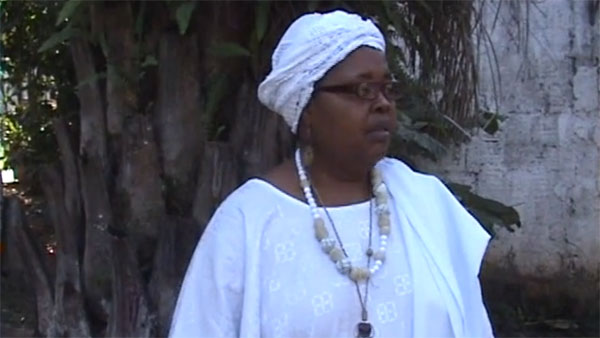
A film by: Francine Saillant, Pedro Simonard and Ialorixa Torodi de Ogum | Year: 2009 | Runtime: 51 min | Language: Portuguese | Production: Brazil and Canada (Université Laval, Quebec). Axé Dignidade! shows the social and religious work of a "Saint Mother" from the Ala Koro Wo family, in a struggling context for Afro-Brazilians human rights.
CLICK HERE TO WATCH THE FILM
A film by: Ronald Hoffman | Year: 2008 | Runtime: 40 min | Language: english | Production: The Omohundro Institute of Early American. The bloody writing is for ever torn captures the experience of holding a conference on the abolition of the slave trade in Western Africa, from which 1.8 million enslaved people were exported to the Americas and the Caribbean between 1500 and 1867.
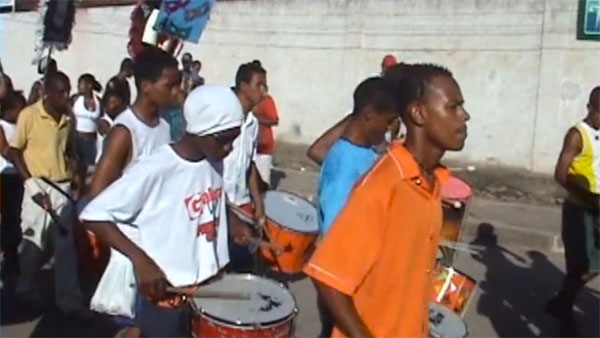
A film by: Francine Saillant | Year: 2007 | Runtime: 28 min | Language: portuguese | Production: Brazil and Canada (Université Laval, Quebec). Buscapé, un espace pour tous sings the praise of an interventions pattern peculiar to a NGO from Salvador (Brazil), working with both handicapped people and socially risky children.
CLICK HERE TO WATCH THE FILM
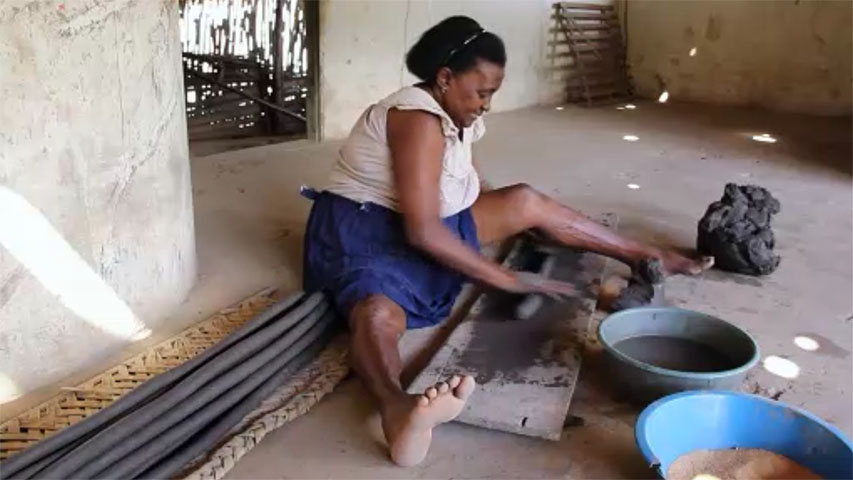
A film by: Raquel Noronha | Year: 2014 | Runtime: 16 min | Language: Portuguese | Production: Team of Iconografias do Maranhão Project. Produced for over two hundred years, the Itamatatiua pottery is darker than in other regions of Maranhão. With the arrival of piped water and plastic buckets, in the 1980s, the big pots have fallen into disuse. The town grew and the search for ceramics now has other motivations.
CLICK HERE TO WATCH THE FILM
A film by: Lise Gantheret | Year: 2010 | Runtime: 52 min | Language: french | Production: Haiti and Quebec. Combining literature and live cinema, the director addresses the Haitian poet Jacques Roumain by using a cine-letter and calls his book "Les Gouverneurs de la rosée" to let the peasants speak and to mention an extraordinary sustainable development's project.
A film by: John Narváez | Year: 2010 | Runtime: 15 min | Language: spanish | Production: Colombia. Cartagena Social Club is an argumentative short film about everyday situations of racial discrimination in Cartagena, Colombia. It is based on the stories of African descendants contained in the results of the research study "Relatos de discriminación racial en Cartagena". The film was in the official selection of the 50º Concurso Iberoamericano de Cortometrajes (2010).
A film by: Sebastião Rios | Year: 2008 | Runtime: 52 min | Language: portuguese | Production: Brazil (Programa de Pós-Graduação em Sociologia da Universidade Federal de Goiás). The film introduces the work of Captain Jùlio Antônio Filho, a follower of the old Afro-brazilian traditions from Notre Seigneur du Rosaire, of which music and songs are incredibly beautiful.
A film by: Sudel Fuma | Year: 2005 | Runtime: 26 min | Language: french | Production: Reunion Island. The film exposes the past of Reunion Island through the memories of one of its inhabitants, a descendant of slaves brought from Madagascar.
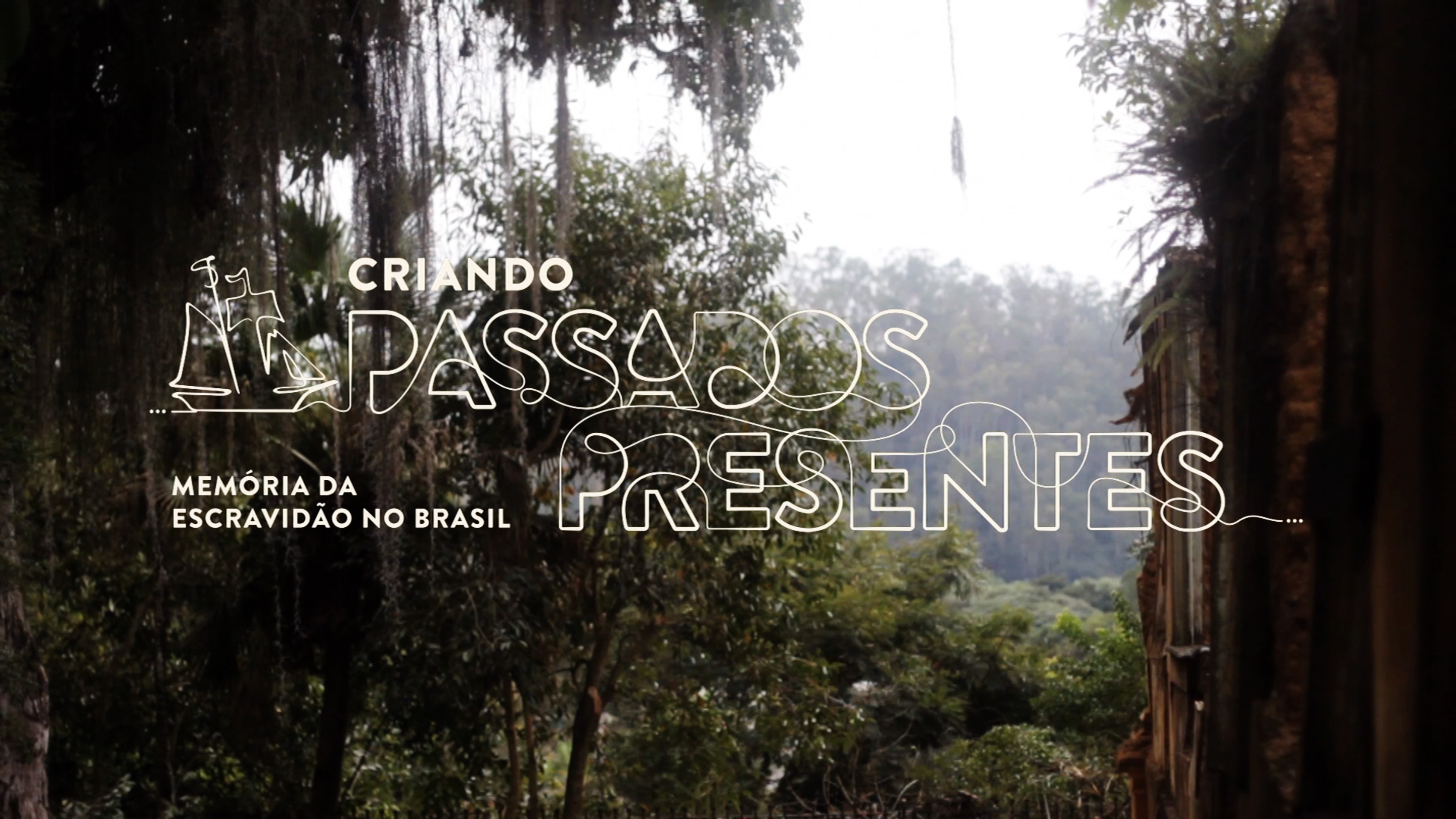
A film by: LABHOI | Year: 2016 | Runtime: 22 min | Language: Portuguese | Production: Brazil. Making of "A Present Past: Memories of Slavery in Brazil" project.
CLICK HERE TO WATCH THE FILM
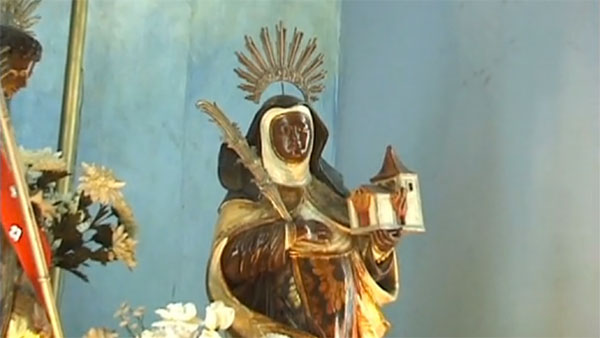
Devotees of Color | A film by: Mariza de Carvalho Soares and Bruno Pacheco de Oliveira | Year: 1999 | Runtime: 20 min | Language: portuguese | Prodution: Brazil (LABHOI, Universidade Federal Fluminense). Documentary about the history of Santa Efigenia church, located on Rio de Janeiro. This church was built by a group of slaves and freemen in the middle of the XVIII century. The architecture of the church is still in good conditions and the place remains a brotherhood of black men with its parties and processions as the group's intangible heritage. The preparation of the screenplay and the production of the film were developed along with a group of students of history and communication and integrated a research project of visual sources for the study of the history of slavery in the course of history of Universidade Federal Fluminense.
CLICK HERE TO WATCH THE FILM
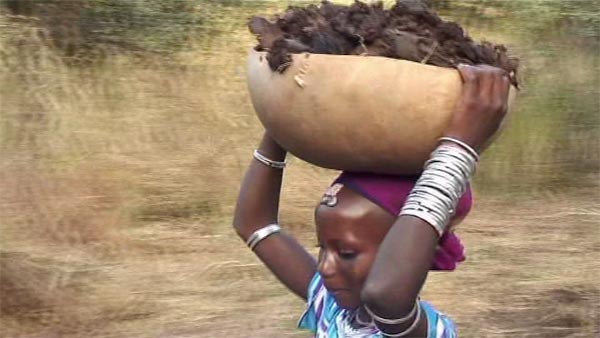
Yesterday's Slaves - Democracy and Ethnicity in Benin | A film by: Éric Komlavi Hahonuu and Camila Strandsbjerg | Year: 2011 | Runtime: 30 min | Language: french | Production: Roskilde University and Copenhagen University, Denmark. This film focuses on the social construction of collective identities, the effects of democratization, decentralization and citizenship, from the particular case of Gando.
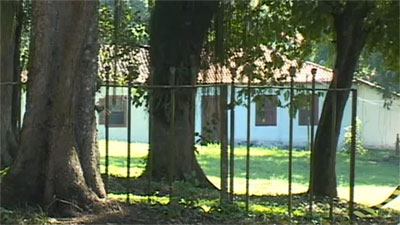
A film by: Pedro Simmonard | Year: 2010
| Runtime: 60 min | Language: portuguese | Production: Université Laval, Canada. The film documents the presence of Jongo, cultural heritage of Brazil, in the city of Pinheiral, in the Paraíba Valley, from its origins on São José do Pinheiro plantation until the creation of Ponto de Cultura do Jongo de Pinheiral. The Pinheiral jongo group, known nationwide, develops projects and educational activities based on jongo aimed at raising the self-esteem of young people and adults, and claims rights and public policies of reparation to african descents of the region.
CLICK HERE TO WATCH THE FILM
A film by: Mariana Leal de Barros and Francisco Gaspar | Year: 2011 | Runtime: 40 min | Language: portuguese | Production: São Paulo, Brazil.
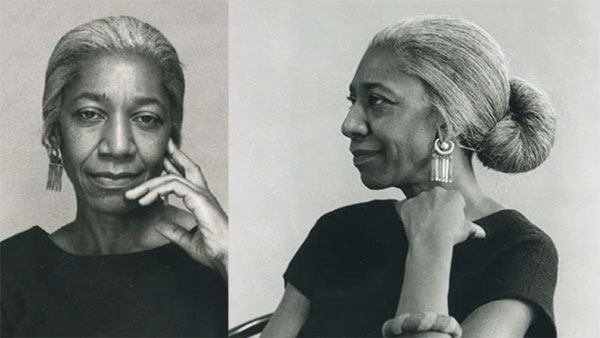
A film by: Bailey Barash | Year: 2006 | Runtime: 26 min | Language: english | Production: Atlanta. This award winning documentary tells the story of Miss Edna Lewis, the granddaughter of freed slaves from Virginia. It chronicles her life on the farm in Freetown, VA, and her exodus to New York City where she became the adored chef for post-WW II artists, writers, scholars, and performers in Manhattan at Cafe Nicholson.
CLICK HERE TO WATCH THE FILM
Garifuna-Garinagu, memoria de un pueblo afrodescendiente de América Central | A film by: Melesio Portilla | Year: 2010 | Runtime: 42 min | Language: spanish | Production: Mexico. Documentary about the history of birth and struggle of Garifuna-Garinagu for recognition of their culture and their inclusion in national societies from four Central American countries. Project conducted with the scientific support of Carlos Agudelo | CEMCA (Centro de Estudios Mexicanos y Centroamericanos).
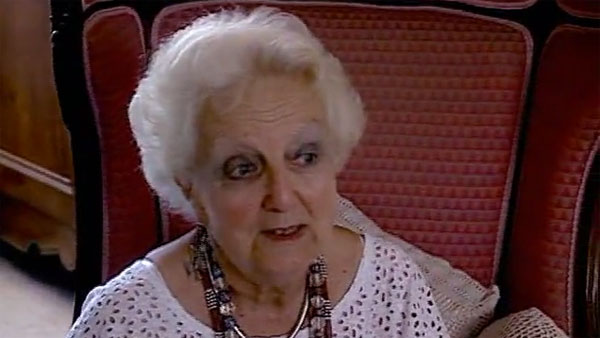
A film by: Clarice Ehlers Peixoto | Year: 2009 | Runtime: 71 min | Language: portuguese | Production: INARRA/Imagens, Narrativas e Práticas Culturais - CNPq/UERJ, Da Terra Produtos Culturais. Gisèle Omindarewa is French, and a mãe de santo, or spiritual leader, in candomblé in Rio de Janeiro. From a middle-class Parisian family - her father was in the military and later, a teacher; her mother a musician -, Gisèle has lived for many years in the lower parts of Fluminense. The film looks to reconstruct her life history through her memories of childhood and adolescence, her participation in the French Resistance (alongside her father), her experiences in Africa as a diplomat, her initiation into candomblé in the 1960s, and in particular, her actualization as a mãe de santo in Fluminense. These are the moments of her life that intersect with the collective life in the Terreiro Santa Cruz da Serra.
CLICK HERE TO WATCH THE FILM
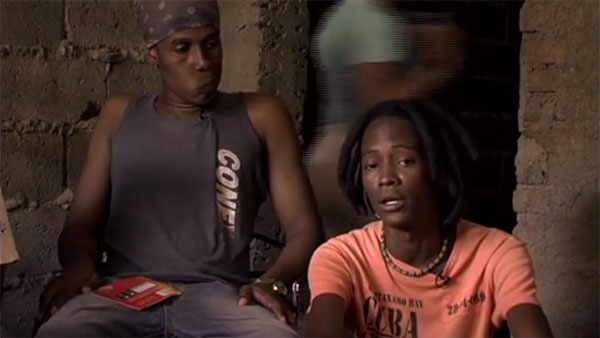
A film by: Alexandrine Boudreault-Fournier | Year: 2010 | Runtime: 61 min | Language: espanish | Production: Montréal. Golden Scars presents an intimate portrait of the realities facing young musicians in Cuba, offering an exclusive look into the unique stories of two young rappers born in Santiago de Cuba. They are neither blood brothers, nor the best friends in the world. What they have in common is a passion for an expressive urban culture that gives voice to their most powerful impulses. Going beyond issues of politics and revolution, the artists share with us their passion and the roots of their musical inspiration. Their spiritual strength as well as fierce convictions drive them to pursue their odyssey despite the tensions and personal struggles with which they are confronted.
CLICK HERE TO WATCH THE FILM
A film by: Francesca Declic | Year: 2008 | Runtime: 18 min | Language: | Production: Italy, Africa. Assimilates the Indian Ocean zone to a cultural and commercial corridor where both men and merchandise passed through.
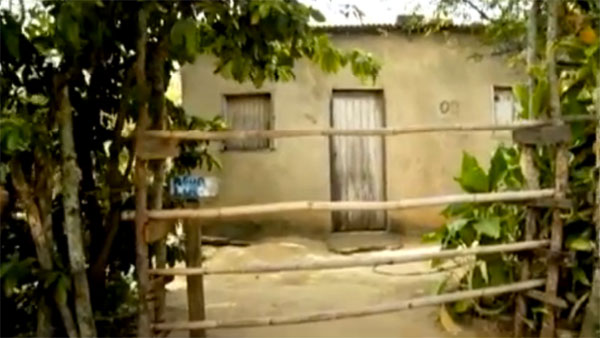
A film by: Nilma Teixeira Accioli | Year: 2008 | Runtime: 16 min | Language: portuguese | Production: Brazil. The film tells us the life of six slaves descendants sisters, native from the São Pedro de Aldeia area, violently evicted from their home and having taken refuge in the forest.
CLICK HERE TO WATCH THE FILM
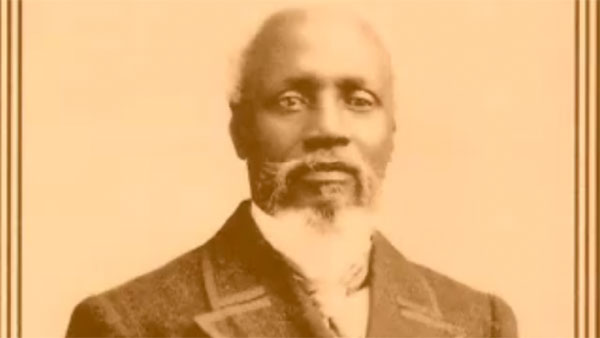
A film by: Arnold Antonin | Year: 2008 | Runtime: 85 min | Language: french | Production: Haiti. This documentary makes us discover the work and the life of one of the most famous Haitian writer, illustrous intellectual and very popular politician.
CLICK HERE TO WATCH AN EXCERPT OF THE FILM
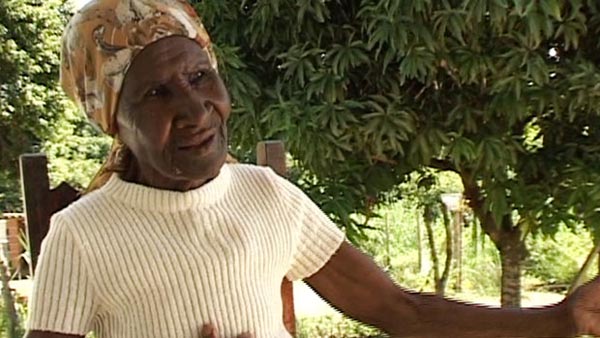
A film by: Hebe Mattos and Martha Abreu | Year: 2007 | Runtime: 45 min | Language: portuguese | Production: Brazil (Universidade Federal Fluminense). The film is a historiographical documentary made from the audiovisual archives of Acervo UFF Petrobrás Cultural Memória e Música Negra. It is also intended for educational purposes, following the Brazilian National Curriculum Guidelines for Education of Ethnic-Racial Relations and the Teaching of Afro-Brazilian and African History and Culture, published in 2004. The history of jongos, calangos and folias, as cultural heritage, is presented associated with the history of social groups that support it. The film highlights the role of black poetry in all three cultural manifestations and its role in the political legitimation of the remaining Quilombo communities of the state of Rio de Janeiro.
CLICK HERE TO WATCH THE FILM
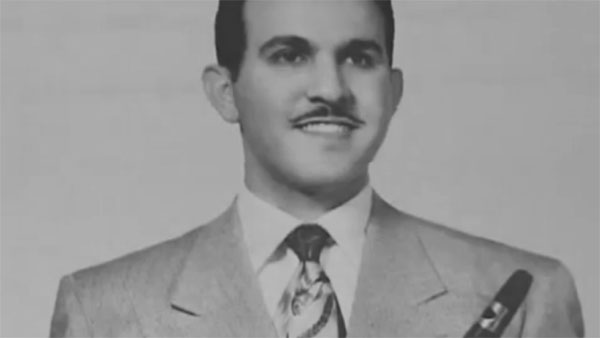
A film by: Frantz Voltaire | Year: 2009
| Runtime: 52 min | Language: creole | Production: Haiti, Québec. The film reveals the life of Issa el Saieh, Haitian saxophonist of Palestinian parents, leader of voodoo jazz having revolutionized the Caribbean music.
CLICK HERE TO WATCH AN EXCERPT OF THE FILM
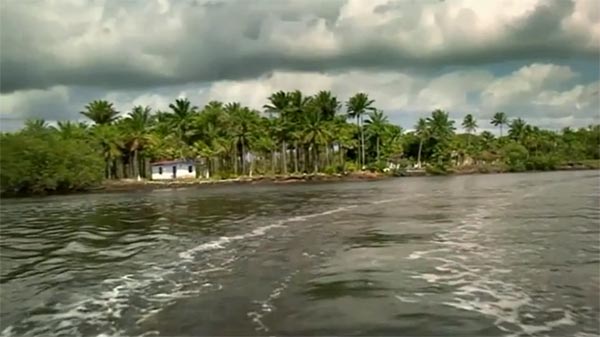
A film by: José Barahona | Year: 2010 | Runtime: 79 min | Language: portuguese | Production: Portugal/Brazil - David Golias/Refinaria Filmes. Through the quest for the lost manuscript by Fradique Mendes, Portuguese poet and adventurer of the 19th century, the film makes us reflect on the Portuguese colonization, the origins of Brazilian society and some contemporary social issues such as the fight for land.
A film by: Laure Garrabé (Doutora em Antropologia, Lyon 2/Paris VIII, França) | Year: 2010 | Runtime: 24 min | Language: portuguese | Production: Amsterdam. The "Zona da Mata" in Pernambuco's state, Brazil, is the birthplace of the "maracatu de baque-solto", a form of local expression that is at same time dance, music and drama, where black and "cabocla" aesthetics build identity without ethnicity. The documentary follows the group "Estrela de de Ouro de Aliança" in the competition of the best maracatu performance of 2007. It's a journey of 3 days and night, trough many cities of Pernambuco, ending in Recife, the capital of the state.
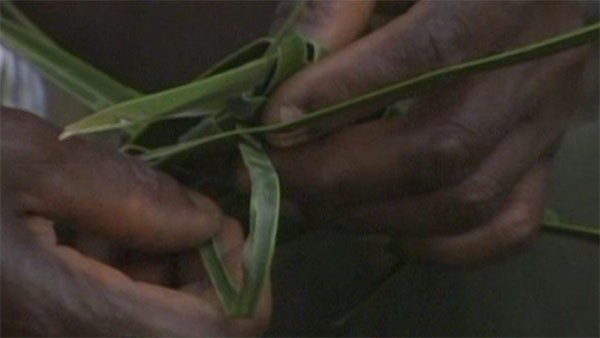
A film by: Camila Dutervil | Year: 2008 | Runtime: 26 min | Language: portuguese | Production: INCRA – Bahia, Associação dos Remanescentes de Quilombo do São Francisco do Paraguaçu-Boqueirão. The film reveals the fight for land and freedom, through the eyes of a woman who stands up and resists for the dignity of her people.
CLICK HERE TO WATCH THE FILM
A film by: Dimitri Médart | Year: 2010 | Runtime: 57 min | Language: french | Production: Canada and Haiti. The documentary shows us an entire population in an optimistic way, which struggles and manages to dream despite of hunger and the lack of resources.
A film by: Claudia Navas-Courban (Artista videasta del SAIC) | Year: 2000 | Runtime: 55 min | Language: spanish | Production: Colombia. The film collects memories and traditions of african-Colombian communities in the region of Cauca, rural mining area of the lowlands on the Colombian Pacific. The visual material was obtained during 1998 Christmas holidays in Guapi and in Timbiquí River and Guapi in December 1999.
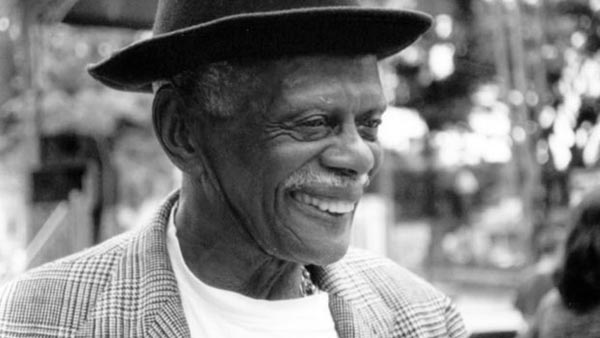
A film by: Hebe Mattos, Martha Abreu, Guilherme Fernandez and Isabel Castro | Year: 2005 | Runtime: 42 min | Language: portuguese | Production: LABHOI, Universidade Federal Fluminense, Brazil. Memories of Captivity is a documentary produced by the research project Memories of Slavery (Universidade Federal Fluminense – UFF, 1994-2005). Ten years of research resulted in a book (Memories of Captivity. Family, Labor and Citizenship after Abolition) and an oral archive which holds genealogical interviews and life narratives recorded on cassette tapes (LABHOI-UFF, Oral History and Image Laboratory, www.historia.uff.br/labhoi). For the movie we edited the sound of the taped interviews, included 19th-century images, and further audiovisual material produced in 2005 with the rural black community of São José da Serra. Memories of Captivity discusses the memory of slavery and abolition among the families that descended from the last African slaves sold to coffee plantations in the interior of the state of Rio de Janeiro, and their struggle for survival after emancipation. Based on the book "Memórias do Cativeiro. Família, Trabalho e Cidadania no Pós-Abolição" de Ana Lugão Rios e Hebe Mattos, Rio de Janeiro: Civilização Brasileira, 2005.
CLICK HERE TO WATCH THE FILM
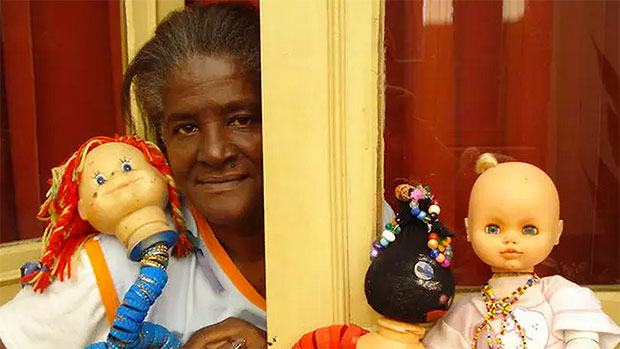
Memories on the Edge of Oblivion | A film by: André Cicalo | Year: 2010 | Runtime: 31 min | Language: portuguese | Production: University of London. This film, shot in 2008, explores how memory of slavery intersects with life experience, black affirmation and urban reconversions in contemporary Rio de Janeiro. Despite the central place that Rio de Janeiro played in the Atlantic slave trade until the end of the 19th century, traces of this past have for long looked hidden in the urban landscape. This forgetting is not simply a random phenomenon, it also relates to the myth of racial democracy as an ideal that has actively tried to downplay racial inequalities in Brazil in the name of national mixture. Albeit little visible, the memories of a slave past are not deleted completely. They emerge ambiguously, but also powerfully, in the daily life of Tia Lúcia and Alder, the main characters of this film.
CLICK HERE TO WATCH THE FILM
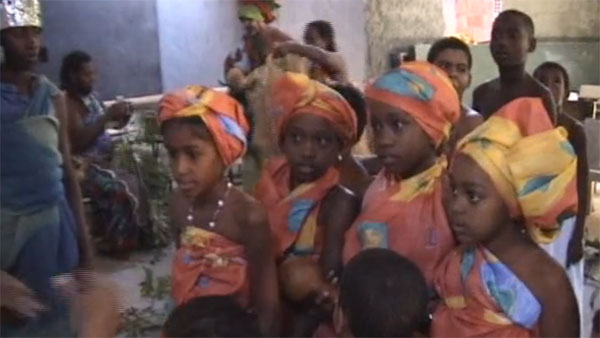
Slave boat within the terreiro, A | A film by: Francine Saillant | Year: 2008 | Runtime: 30 min | Language: portuguese and english | Production: Université Laval, Quebec, Canada. A pedegogical film demonstrating a theatrical reconstruction of the arrival os slaves and the Orixás (African deities) in Brazil.
CLICK HERE TO WATCH THE FILM
A film by: Armelle Giglio-Jaquemot | Year: 2009 | Runtime: 67 min | Language: portuguese | Production: Université Lille 3, France. Nice is a maid in a big house where she lives confined. Camera in hand, the director accompanies this young woman she has known for several years in the execution of her everyday domestic duties.
CLICK HERE TO WATCH AN EXCERPT OF THE FILM
A film by: Alice Aterianus | Year: 2010 | Runtime: 52 min | Language: french | Production: Libreville. Four trajectories, four portraits, four sides to the lives of Slam artists in Libreville. The diverse aspects of the construction of an identity within Slam art is revealed through multiple identities and experiences. In their poems, we can catch glimpses of acknowledgment as regards their elders in some cases; in others, it is the reinventing of religious and linguistic traditions by means of texts that criticize political and religious dogma.
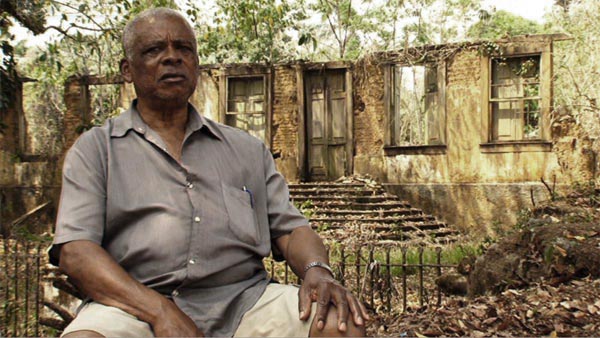
Present Past - Afro-Brazilian Memories in Rio de Janeiro, A | A film by: Hebe Mattos and Martha Abreu | Screenplay: Hebe Mattos, Martha Abreu and Isabel Castro | Edited by: Isabel Castro | Year: 2011 | Runtime: 43 min | Language: portuguese | Production: LABHOI, Universidade Federal Fluminense, Brazil. A Present Past highlights the strong oral tradition of slave descendants from the former plantations of the Souza Breves family, in the south of the state of Rio de Janeiro. It rescues vivid details about the illegal trade of slaves and the experiences of slaves and freed ancestors.
CLICK HERE TO WATCH THE FILM
A film by: Alberto Mondo | Year: 2010 | Runtime: 50 min | Language: french | Production: Gabon. This biopic on Pierre Odoungo Pepe also provides an overview of the socialization of children in the Gabonese society. Beyond the biographical tale of the young footballer and writer, it restores to us, in all its complexity, the daily life, traditions and customs of Gabon.
A film by: Rigoberto Lopez | Year: 2000 | Runtime: 57 min | Language: french | Production: Haiti. The film introduces the Haitian capital as a besieged and surpopulated city, victim of ecological damage and a lack of urban facilities.
Ce qui a survécu | A film by: Pedro Simmonard and Flávio dos Santos Gomes | Year: 1997 | Runtime: 25 min | Language: portuguese | Production: Universidade de Laval, Quebec, Canadá and Universidade Federal do Rio de Janeiro, Brasil. In northern Brazil, on the banks of several rivers, there are certain places where quilombola communities live, descendants of slaves. Although these communities are located in the middle of the forest, its inhabitants built commercial ties and cultural relations with several other small villages in the region. The documentary presents the social relations and the culture of these poor people. To characterize its inhabitants as descendants of slaves, it's not enough to look for African cultural elements or skin color. We must first understand their stories, memories and identities and, especially, how they are constructed today as quilombola communities.
A film by: Nina Tedesco (doutoranda de Comunicação Social da UFF) and Renata Azevedo Lima (pesquisadora e diretora de produção, historiadora da Fundação Cultural Casimiro de Abreu /RJ e mestranda de História da UFF) | Year: 2010 | Runtime: 17 min | Language: portuguese | Production: Universidade Federal Fluminense, Brazil. The film explores a town in the mountainous region of the municipality of Casimiro de Abreu (RJ) called "Quilombo". Access is difficult, winding and bumpy road ground with minimum altitude of about 700m, abundance of water and fertile land. Arriving there, no black was found, only descendants of Swiss settlers. The question "is the name of the place related to the the past resistance of slaves?" is at the heart of the film, which includes interviews with residents and ex-residents of Quilombo, city dwellers and historians, as well as beautiful images of the nature of the site, pictures and manuscript maps of the region, produced in the beginning of the 19th century, and archaeological ruins. The soundtrack is an original interpretation of African rhythms.
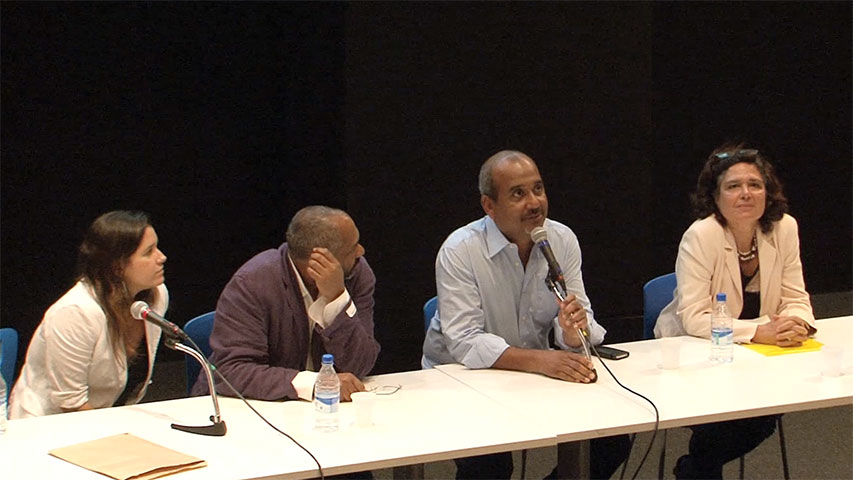
Watch the incisive comments about ancestrality and orphanage made by Alváro Nascimento, historian from the Federal Rural University of Rio de Janeiro (in Portuguese) and David Scott, anthropologist from Columbia University, after they watched Body Games at the V International Research Film Festival at Museu de Arte do Rio - 20 June 2015.
CLICK HERE TO WATCH THE FILM
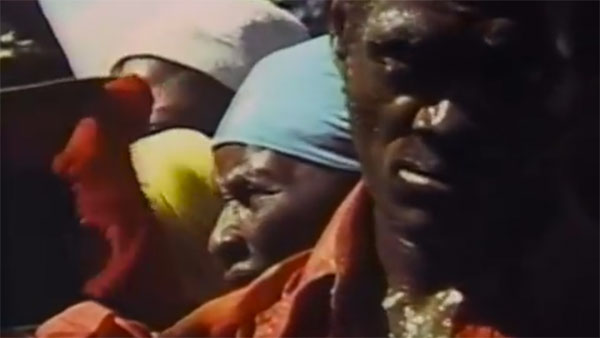
A film by: Jean-François Chalut, Laenne Hurbon and Frantz Voltaire | Year: 2009 | Runtime: 28 min | Language: french | Production: Haiti and Quebec (Production Marassa). The film depicts the importance of voodoo and the annual pilgrimage to the Plaine du Nord in Haiti, known for its « Saint-Jacques basin », place of the ritual in honor of Ogou.
CLICK HERE TO WATCH THE FILM
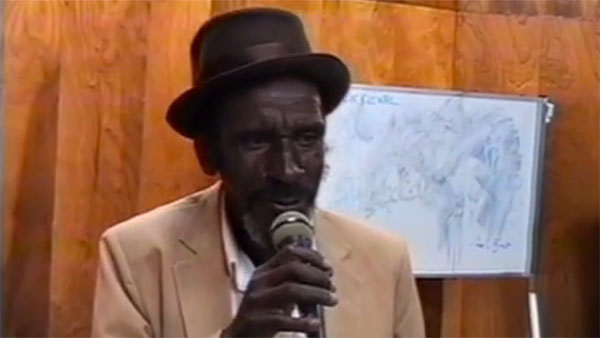
A filme by: Pedro Simonard | Year: 2005 | Runtime: 25 min | Language: portuguese | Production: Universidade de Laval, Quebec, Canadá and Universidade Federal do Rio de Janeiro, Brasil. The jongo is an afro-brazilian dance developed by former slaves in the large coffee plantations in southeastern Brazil in the XIX century. During the twentieth century, urbanization and migration to large cities almost made it disappear. In Rio de Janeiro, jongo "survived" at Morro da Serrinha. In the late 1960s, jongo was in danger of disappearing when Master Darcy, a resident of Serrinha, proposed changes in jongo in order to make it more accessible to the middle class carioca, making presentations in theaters and concert halls, outside the territory of the favelas. The documentary shows the modifications that transformed jongo into a spectacle.
CLICK HERE TO WATCH THE FILM
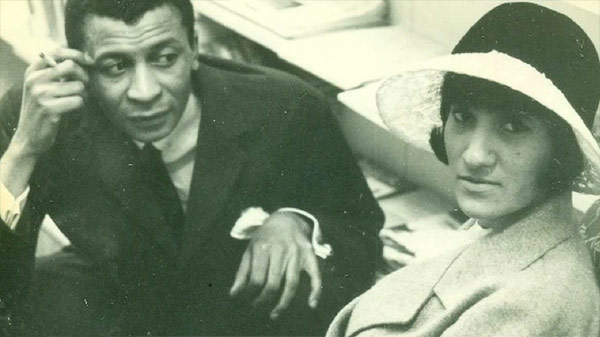
A filme by: Daniel Yon | Year: 2010 | Runtime: 55 min | Language: english | Production: Saint Helena. Sathima's Windsong is about the life and times of South African jazz singer, Sathima Bea Benjamin, whose musical creations were often in the shadow of her husband, jazz musician Abdullah Ibrahim.
CLICK HERE TO WATCH THE TRAILER
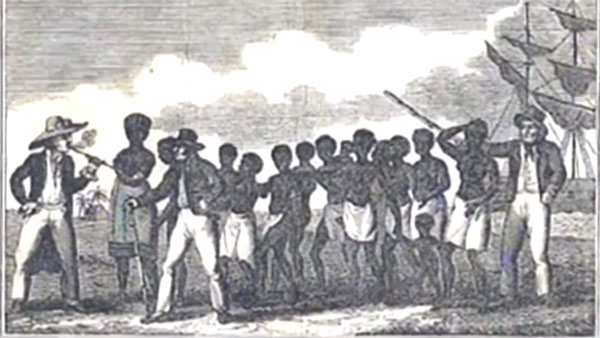
A film by: Harriet Tubman | Year: 2010 | Runtime: 57 min | Language: | Production:. This documentary emphasizes the African presence across continents as well as the contribution of its diaspora in host societies in the fields of art, religion, knowledge, gastronomy, agriculture, linguistics, etc. Unfortunately, racism and discrimination that emerge from this tragic past are present. The purpose of the documentary goes well beyond the trauma of slavery and places emphasis on the resistance and resilience to survive in such a dehumanizing system.
CLICK HERE TO WATCH AN EXCERPT OF THE FILM
A film by: Benigna Zimba | Year: 2008 | Runtime: 34 min | Language: portuguese | Production: Universidade Eduardo Mondlane, Maputo, Moçambique. A collection of about 300 digital photographs and short films. They are intended to depict a variety of visual representations that books, articles, or other forms of written documents on this subject, cannot describe. Most images of this collection were taken in 2003, during the latest phase of field research, which resulted in the publication of the book titled Slave Routes and Oral Tradition in Southeastern Africa, 2005. The countries involved are Mozambique, Malawi, Tanzania, and Kenya, and the images represent, among others, various forms of oral memory, archeological evidence, and traditional rituals that developed because of the growth of slave trade and slavery, mainly during the late 19th and the early 20th centuries. The video is organized in chapters by countries, and the final part tries to emphasize similarities among these countries.
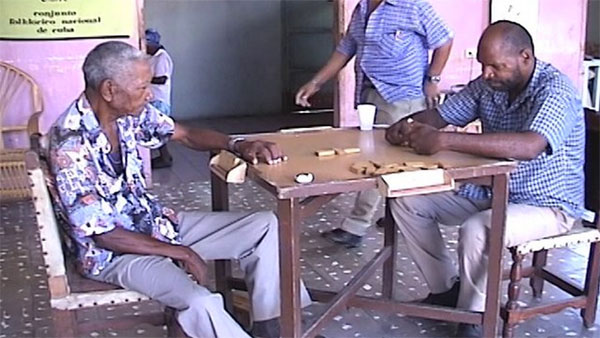
A film by: Alexandrine Bouderault-Fournier | year: 2003 | Runtime: 48 min | Language: spanish | Prodution: Cuba and Canada (Université Laval). The film underlines the presence of cultural Haitian groups from Santiago, Cuba, and Guantanamo, perpetuating the traditions and beliefs of their ancestors, immigrants in Cuba since early 1900.
CLICK HERE TO WATCH THE FILM
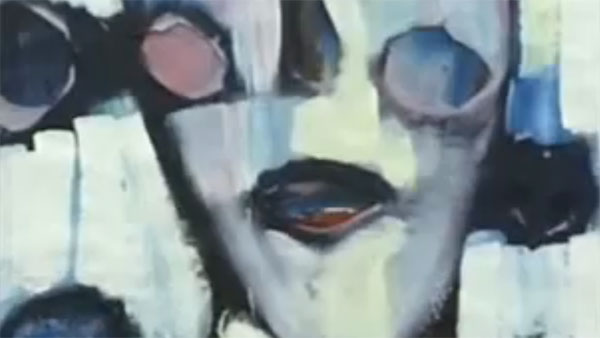
A film by: Arnold Antonin | year: 2010 | Runtime: 52 min | Language: french | Prodution: Haiti. The documentary portrays this committed artist, visionnary and protean man, through which we discover an other Haiti, whence chaos gives way to beauty.
CLICK HERE TO WATCH AN EXCERPT OF THE FILM
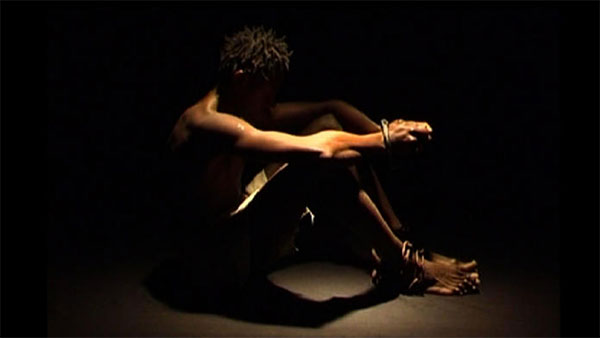
Trous de Mémoires : La mémoire de la Traite négrière et de l'Esclavage à Bordeaux | A film by: Sebastien Gouverneur, Nicolas Guibert & Batiste Combret | Year: 2006 | Runtime: 55 min | Language: french | Production: France. Never in the city of Bordeaux has its black past been questioned. This documentary enters the streets of Bordeaux where there are inscribed in a permanent way, that is memory, the traces of a painful past and a human drama without precedent, the slave trade.
CLICK HERE TO WATCH THE FILM
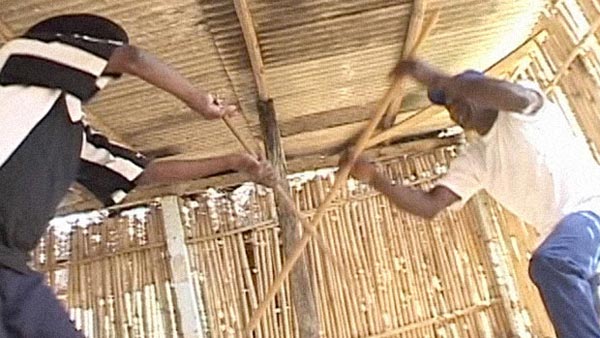
Verses and Cudgels: Stick Playing in the Afro-Brazilian Culture of the Paraiba Valley | A film by: Hebe Mattos and Matthias Assunção | Year: 2009 | Runtime: 37 min | Language: portuguese | Production: Laboratório de História Oral e Imagem, Universidade Federal Fluminense, Brazil and Universidade de Essex, Uk. Verses and Cudgels documents the stick game and its place in the afro-fluminense culture of some rural areas of the state of Rio de Janeiro: the counties of Valença, Vassouras, Duas Barras e Miracema. In the XIX century these four counties were part of a vast area, known as Paraiba Valley, connected to coffee cultivation for export. Its protagonists are descendants of slaves who worked in coffee plantations of the region. The great majority of slaves came from Angola and Mozambique, and for this reason the popular culture of Paraíba Valley is strongly influenced by the cultures of bakongos, mbundus, ovimbundos and other bantu peoples of these areas.
CLICK HERE TO WATCH THE FILM
A film by: Francine Saillant, Pedro Simonard and Ialorixá Torody d'Ogum | Year: 2010 | Runtime: 102 min | Language: portuguese and french | Production: Québec, LAMIC, Université Laval. The film touches on the issue of ancestry, the history of black Brazilians, the place of candomblé in the preservation of memory, and today's problems related to the right of freedom of religion.
Copyright © 2015 | Research International Film Festival - Culture ▪ Diaspora ▪ Citizenship | All Rights Reserved.